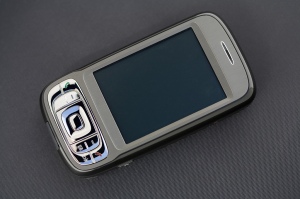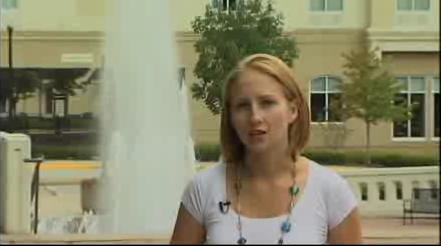At the end of the work day today, I ran into my news director on my way out of the building.
“Nice live shots,” he said. “1400 coats, wow.” (I had been heading our station’s coverage of a Coats For Kids drive.)
It wasn’t until I was almost to my car that I realized I was smiling.
Now the reason for this was twofold. One: It was a rare moment, indeed. A genuine compliment, minus any thinly veiled criticism? I’ll take it. And two: It reminded me of this.
Just two days ago, I read Jill Geisler‘s article “5 ‘praise erasers’ reveal how bosses undermine positive feedback.” It was one of those moments where I sat in front of my computer, nodding like an idiot. “Yes, Jill! This is my LIFE!” Her opening paragraph just about sums it up:
“Who among you gets too much feedback at work? I’ve asked this question of groups time and again, always with the same result: No hands go up.”
In an all-staff news department meeting a couple of months ago, my boss (aforementioned news director) leaned casually against a desk and said, “I’d like to talk about morale. Where do we feel morale is around here?”
I was the only one who raised my hand.
I picked my words cautiously: “Now, I know this is easier said the done, because, after all, it is our job to find out what’s wrong in the world and talk about it…but a kind word really does go a long way.”
He furrowed his brow and told us that from what he’s heard from other news directors, we’re not the only ones who aren’t being praised left and right.
In a separate meeting about the weekend shows, I brought up the same point.
“I think I do a pretty good job of that,” he said. “At the same time, I’m not going to give you guys cupcakes every time you do your job.”
Touche. But fair.
That’s what I loved about Geisler’s post. She points out the fact that not all feedback is created equal.
“Don’t erase your praise by the way in which you deliver it,” she says.
All the points she makes are great, but I think her last one is the easiest to fall prey to: “Praise with a big ‘but.'”
The last piece of feedback I remember receiving from my boss (before today) was in email form. “I liked your meth story today, especially the neighbour and the map,” he wrote. “But why no tag out for the 11?” Can you guess which part of this email I spent my time thinking about?
The bottom line is, feedback matters. I appreciated reading a post that pointed that out. But I’d be lying if I told you I hadn’t sort of given up expecting any sort of praise as long as I work in this industry.
Still, at the end of the day, it’s amazing how good a “Nice live shot” feels.






